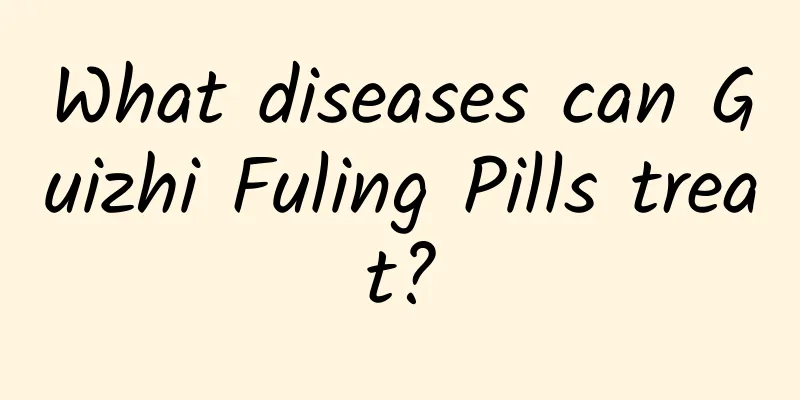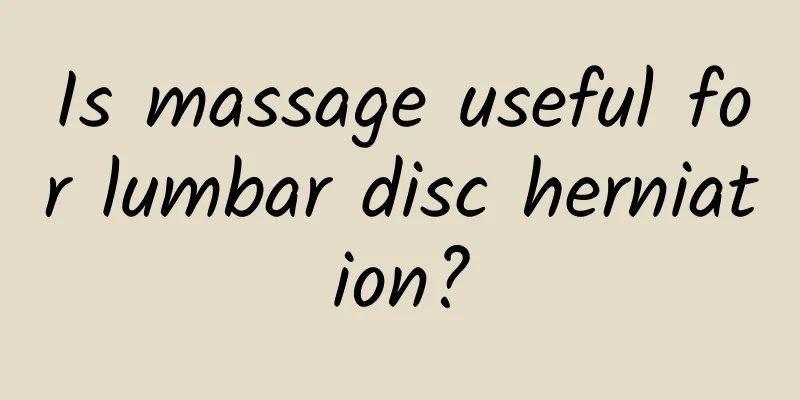Toothache swelling cold or hot compress

|
Whether in ancient costume dramas or current film and television dramas, we have all seen this scene: when the protagonist is sick, the people around him will always put a folded towel on his head to clear away heat. If the fever is severe, the dog will wipe the sick owner's body with a towel. It can be seen from this that the effects of cold and hot compresses are significant. So, when it comes to reducing toothache and swelling, is it more effective to use cold compress or hot compress? Cold compress is effective , but whether it is cold compress or hot compress, as long as it can relieve pain, the purpose is achieved. There are many causes of toothache, but most of them are caused by caries. Pain relief method: 1. Take 1 tablet of painkiller or craniotomy tablet orally for adults once. 2. Dip a small cotton ball in clove oil, wind-repellent oil, cooling oil, etc. and place it in the cavity. 3. Take a piece of fresh ginger and hold it in the painful area. 4. Take a small amount of asarum and borneol, grind them into fine powder and apply it to the painful area. 5. Take a peppercorn or a little salt and apply it to the painful area. 6. Acupuncture at Hegu point and Yatong point. 7. Gargle with warm salt water or cold water. After the symptoms are relieved, go to the hospital to see a dentist for radical treatment. Cold compress can cause capillaries to contract, relieve local congestion, reduce the sensitivity of nerve endings and relieve pain, reduce temperature and fever, reduce local blood flow, and prevent the spread of inflammation and suppuration. It can dissipate heat in the body, increase heat dissipation and lower body temperature. Cold compress is suitable for patients after tonsillectomy, nose bleeding, early local soft tissue injury, high fever and heat stroke, toothache and brain trauma. For cold compress, soak a small towel in cold or ice water, wring it half dry, and apply it to the local area. Change it every 1-3 minutes and continue for 15-20 minutes. You can also wrap an ice pack in a towel and apply it to the area, but be careful to avoid frostbite. Hot compress can promote the disappearance of inflammation. In the early stage of inflammation, hot compress can promote the absorption and dissipation of inflammation; in the later stage, it can limit the inflammation, help eliminate necrotic tissue and repair tissue. Hot compress can relax tissues such as muscles, tendons and ligaments, and relieve pain caused by muscle spasms and stiffness, such as lumbar muscle strain and sprain. It can also reduce congestion in deep tissues and dilate local blood vessels. Hot compresses are used to keep children, the elderly, and patients with poor peripheral circulation or critically ill patients warm in order to promote their blood circulation. The operation of hot compress is similar to that of cold compress. You can either soak a small towel in hot water and wring it half dry before using it, or you can fill a hot water bottle with hot water, wrap the towel around it and apply it to the affected area. It is important to note that when you have just suffered a closed trauma (i.e. a trauma without a wound), you should not apply hot compress right away, as that will promote blood vessel dilation and aggravate bruising and swelling. At this time, you should apply cold compress to control bleeding, and then use hot compress to dilate blood vessels and promote the absorption of blood stasis. Hot compresses should be avoided when there is infection. Hot compresses are not suitable for various internal bleeding and acute abdomen. effect: Hemostasis: Coldness causes blood vessels to constrict, thus stopping bleeding. When stopping gastrointestinal bleeding, drinking some ice water intermittently is far more effective than general hemostatic drugs. For example, if there is a hematoma caused by trauma, immediate local ice compress can stop the bleeding and prevent the hematoma from further expanding. Facial swelling reduction Swelling reduction: After a sprain or bruise, swelling occurs due to the rupture of small blood vessels and the seepage of blood into the surrounding tissues. The swelling compresses the nerve endings and causes pain. Cold compress causes blood vessels to constrict, thereby blocking this pathological process. After the cold compress stops and the blood returns to normal, the damaged part of the body has been repaired and blood coagulation has occurred, thus reducing the local blueing and swelling. Apply hot compress again after 2-3 days to promote the absorption of blood stasis. This is the best way to treat sprains. If you apply hot compress, massage, or move around immediately after a sprain, it will only increase the swelling and do more harm than good. Cooling: Cold can take away heat. When encountering high fever and general antipyretics are ineffective, people often resort to cold compresses on the whole body, mainly on the head, neck, armpits, groin, fossa and other parts with large blood vessels. Cold compresses can be applied with cold water, ice water, alcohol, etc. Cold compress is a simple, safe, fast and economical way to reduce fever. |
<<: What to do if you have a toothache after eating cold food
>>: Stop toothache in 1 minute
Recommend
Side Effects of Rush
The side effects of rush can lead to a decrease i...
What are the symptoms of spina bifida occulta
Many people are not particularly familiar with th...
How to treat femoral head necrosis
Generally in the early stages, how to treat femor...
What are the contraindications of taking Shedan Chuanbei Powder?
There are no serious illnesses, but minor illness...
Frequent rapid heartbeat and chest pain
When people are very nervous, in addition to swea...
What to do when you feel mentally depressed?
Youth needs passion and vitality, but some friend...
What to do if the left solar plexus is swollen and painful
The temples are on both sides above the eyes. If ...
Visceral diet, recommended foods for removing visceral fat
In life, some people find that they cannot lose w...
The symptoms of scrofula can be understood from three stages
Scrofula is a very common infectious disease in t...
What causes back of head pain?
The head is the control center of the human body,...
Quick cough relief method
Now is the season when colds are prevalent. Vario...
What are the symptoms of miscarriage?
I believe that for most people, having the opport...
Viral keratitis
Eyes are a channel for us to see the outside worl...
Is TCM effective in treating purpura?
The treatment of purpura mainly relies on drugs, ...
What are the symptoms of gynecological diseases?
It is still very common for adult women to suffer...









